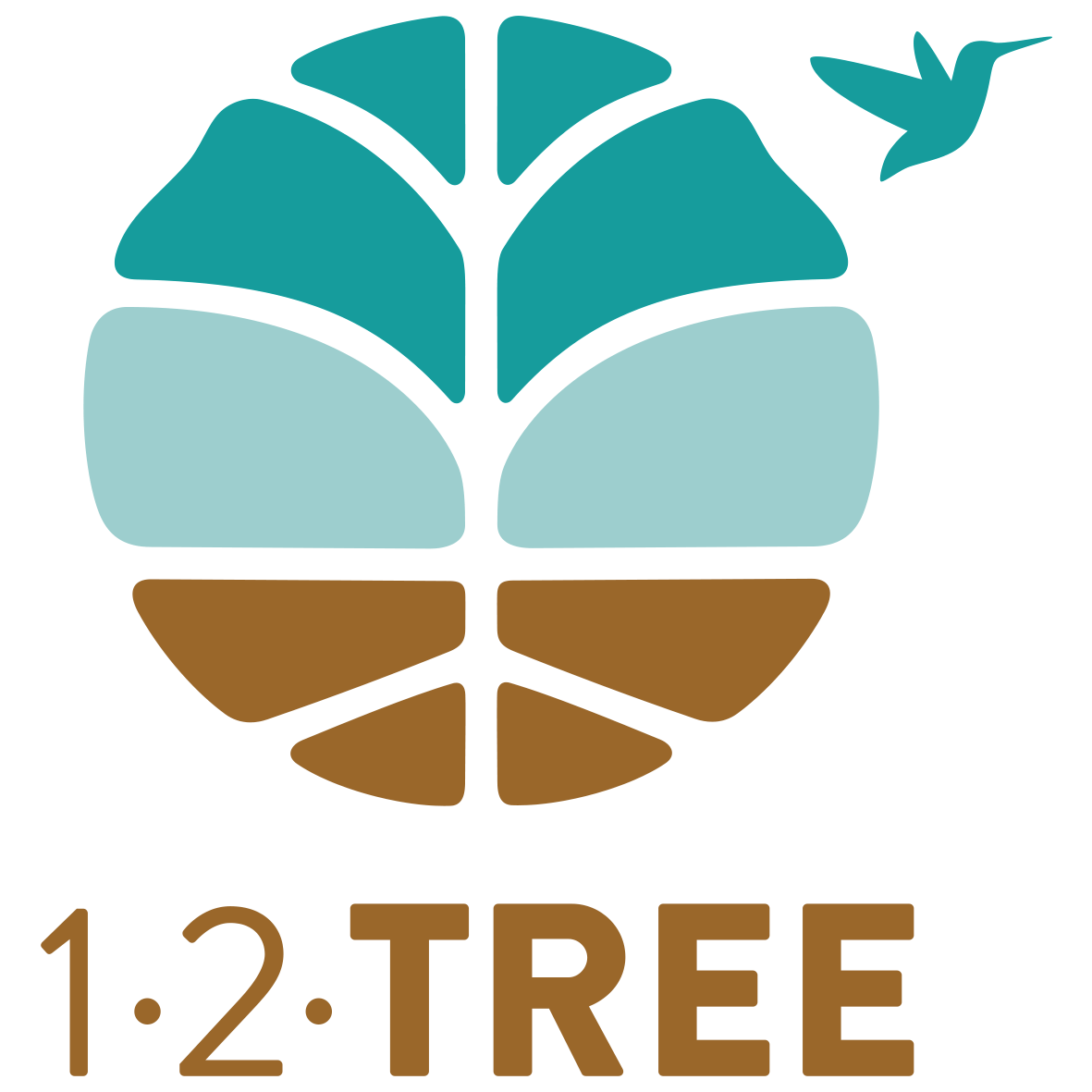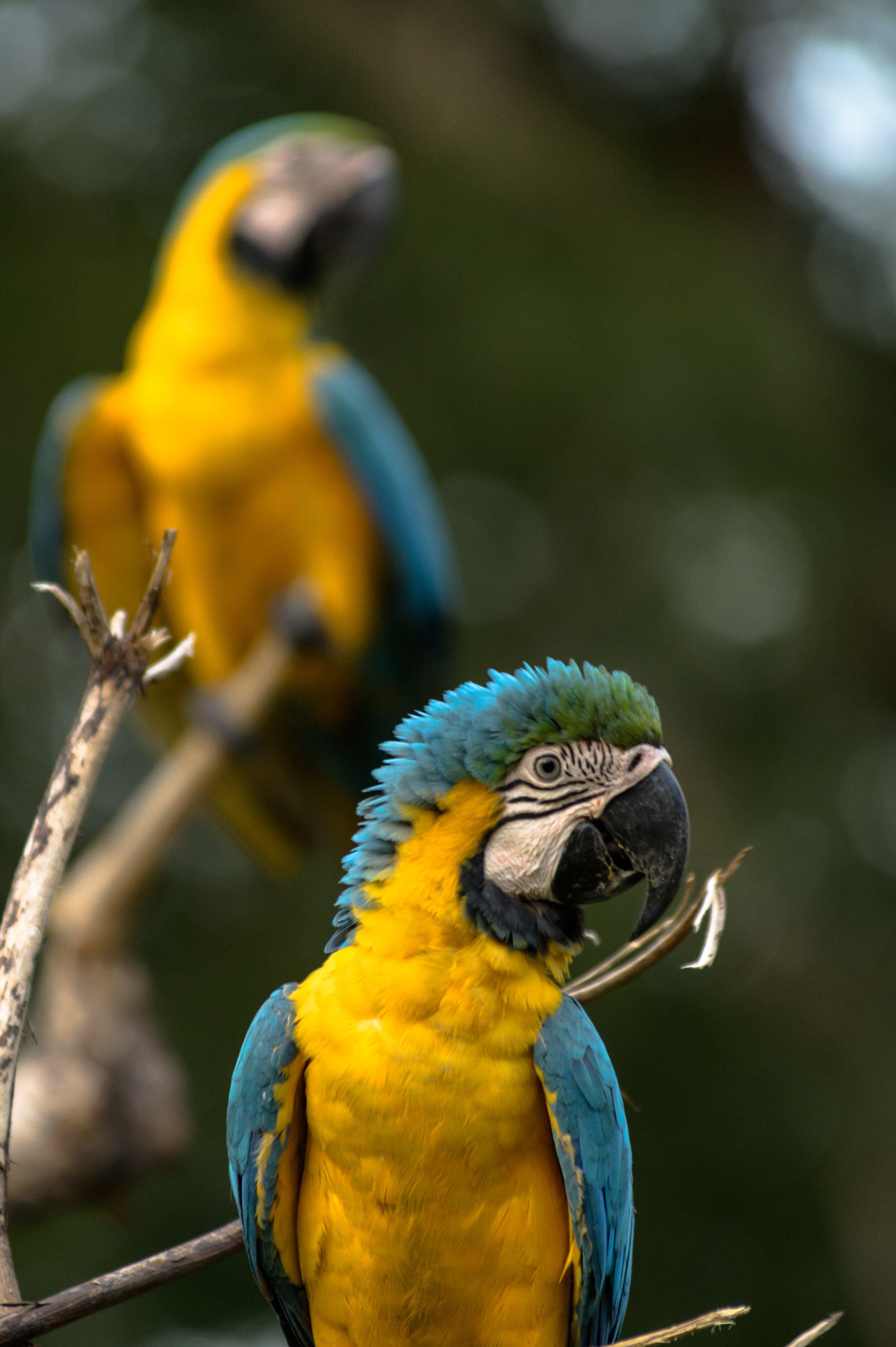The demand for chocolates and cocoa-based products continues to drive the market demand for cacao. In recent months, major producing countries, especially Côte d'Ivoire, have encountered production issues, leading to a widening trade deficit. Consumers are increasingly seeking sustainably-produced, organic, and certified cocoa products. Although West Africa continues to be the main source of cacao for the European market, there is a growing interest in specialty cacao from distinctive origins. This dynamic creates significant potential for small-scale cacao producers in Latin America.
Jaume Martorell Mir, the HEAD OF cacaO sales at 12Tree and co-founder of Maüa chocolates, shares market insights and perspectives on prevailing trends and their implications for the Latin American coCoa market.
Recent bad weather in West Africa has threatened cacao supplies and resulted in record prices at the Intercontinental Exchange in London. How do you think will the recent supply deficits and bad weather events in West Africa influence the cocoa market in Latin America? Where do you see opportunities and risks?
Jaume Martorell Mir, Head of Cocoa Sales at 12Tree
Jaume: The deficit in West Africa has implications for cacao suppliers, as they must reduce their safety stocks and purchase more expensive cacao. Consequently, this is expected to lead to a medium-term increase in chocolate prices for consumers.
Latin America stands to benefit from this price increase as a potential cacao supplier to the industry, especially countries like Ecuador, Peru, and to a lesser extent, Colombia. However, the situation is not as straightforward because major chocolate manufacturers and brands have recipes based on African cocoa. Undoubtedly, changing these recipes is not a short-term solution. Nevertheless, some large companies are already exploring diversifying their supply sources to include Latin American countries among other origins.
What other factors influence the cocoa market in Latin America?
Jaume: Price fluctuations in various Latin American countries are closely tied to their domestic markets. Prices do not fluctuate to the same extent in Colombia, where there is a strong domestic industry, as they do in Ecuador, which is a net exporter of cacao beans. Additionally, Latin America is currently experiencing an 'El Niño' phenomenon, which is undoubtedly impacting productivity. This impact will become more evident by the end of the year when the largest harvest occurs.
Latin America boasts a wealth of fine cocoa. In many cases, fine flavor cocoa exhibits very different dynamics compared to the bulk market, although the stock market price usually serves as an unequivocal reference.
Cacao harvest at Hacienda Limon
Is this a good time to invest in the cocoa market? What are the opportunities and potential risks?
Jaume: Predicting the long-term outlook for the cacao market is a complex task. However, several indicators suggest that due to climate change, new deforestation regulations enforced by the European Union, and issues related to child labor in West Africa, cocoa prices are expected to exhibit a positive average annual growth, albeit with fluctuations influenced by global dynamics.
Latin America presents substantial opportunities for investment in farms and projects that prioritize traceability and sustainability. These initiatives, featuring agroforestry systems and improvements in the lives of producers and farm workers, hold the potential for significant positive impacts.
How did the pandemic affect the cocoa industry – and does the industry still suffer from these consequences?
Jaume: The pandemic has had a global impact on chocolate sales, leading to uncertainty for chocolate companies and, in many cases, reduced cocoa sales. During this period, cacao prices experienced a decline but remained relatively stable. Numerous pre-contracts and trade agreements with cacao exporters were either canceled or modified in favor of the chocolate industry. Currently, the industry has rebounded, with sales returning to pre-pandemic levels and annual growth ranging between 2.5% to 3%.
How did the Ukrainian war affect the cocoa industry – and does the industry still suffer from these consequences?
Jaume: The war in Ukraine triggered market panic, leading to an initial rise in commodities prices. However, in the case of cacao, prices fell and quickly stabilized. Certain countries were more affected, particularly those exporting to Russian industries. Many major chocolate companies opted to suspend their sales in Russia, which resulted in reduced chocolate consumption and subsequently, decreased purchases from their suppliers. The situation has since stabilized as cocoa has found its place in the fastest-growing markets.
What happens if cocoa prices go down again?
Jaume: The price of cocoa will undoubtedly decrease at some point due to its cyclical nature. When prices drop, it discourages production, leading many farmers to switch to more profitable crops. This results in a global regulation of production. Price reductions disproportionately affect the producers, who currently receive between 3-7% of the value of a chocolate bar. Consequently, there is less investment in the field, perpetuating productivity levels that have remained stagnant for years on a global scale.
Small cacao farmers can generate additional income by diversifying their farms and implementing agroforestry systems. During periods of low international prices, it becomes increasingly essential for them to join cooperatives or associations. These groups can help mitigate price fluctuations by offering premium prices and guarantee policies.
In your opinion, what are the future trends for the cocoa market in Latin America?
Jaume conducting quality control procedures on-site.
Jaume: Cacao production is experiencing significant growth in Latin America. Countries such as Ecuador, Peru, Colombia, and the Dominican Republic rank among the top 10 cocoa-producing nations, with the Dominican Republic leading as the largest producer of organic cacao. Furthermore, Latin America has the potential to become a leader in sustainable cocoa production, a valuable opportunity in light of the current industry shift towards traceable and sustainable cacao sourcing.
Moreover, local markets are expanding due to the increasing presence of the upper and middle classes. Latin America's production of excellent fine flavor cocoa positions the continent as a robust supplier to the fine chocolate industry, offering substantial opportunities in the globally growing "Bean to Bar" market.
Despite the fact that many Latin Americans are migrating to the United States and Europe, there is a labor shortage. Salaries in Latin America are higher compared to Africa and Asia, resulting in reduced cost competitiveness. To address this issue, there is a pressing need to prioritize the production of high-quality goods that are both environmentally and socially sustainable.


























